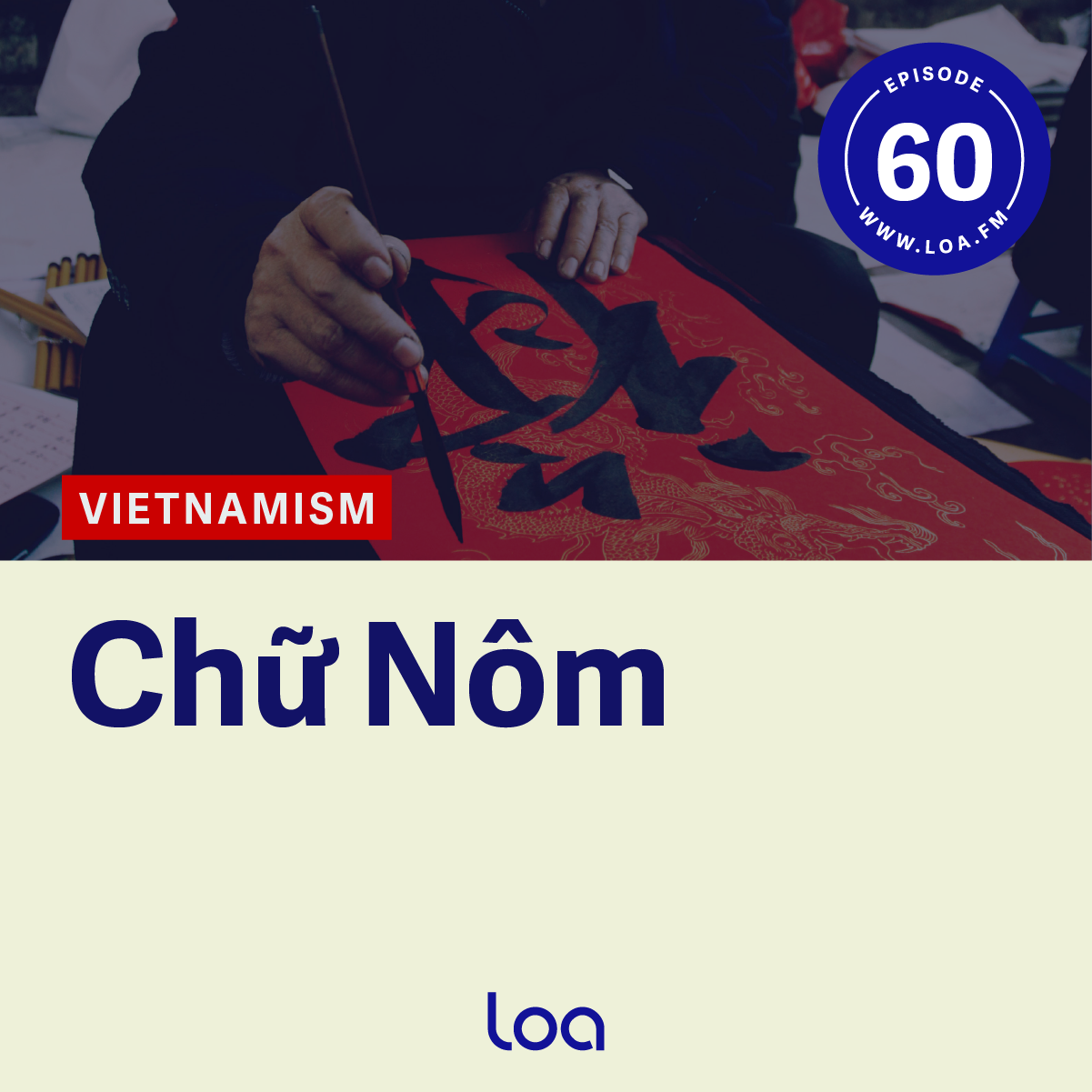Published November 21, 2016 in Episode 60
If you’ve been following our stories on Loa, you may be familiar with the Tale of Kiều. Written by Nguyễn Du, the epic poem tells the tragic story of a woman who sacrifices her life for her family.
And while the epic poem is famous, not many know that it was originally written in chữ Nôm.
“Chữ Nôm is a national script that the Vietnamese have used since around the tenth century, when Việt Nam first became independent under Ngô Quyền, until 1920, around there, when the French banned chữ Nôm in favour of chữ Quốc Ngữ,” says Dr. Ngô Thanh Nhàn, the Adjunct Associate Director at the Center of Vietnamese Philosophy, Culture and Society at Temple University.
At first glance, chữ Nôm bears striking resemblance to Chinese script, but has 18,000 unique characters, created to match the Vietnamese language. And while the characters look similar, they have no common root to the Chinese characters and would be indecipherable by someone who reads Chinese. According to Nhàn, Vietnamese people used chữ Nôm for at least over a thousand years, though it may have dated back before the 10th century.
Tiffany Lý practicing writing chữ Nôm. (Photo: Loa/Tiffany Lý)
Chữ Nôm is an ideographic script, which is fundamentally different from the standard alphabet. In ideographic writing, symbols represent ideas without indicating what they sound like to be read aloud. Chữ Nôm may look different from the Vietnamese script today, but sounds the same as the Vietnamese language that people are familiar when read aloud. Many Asian countries also have ideographic script. “The entire ideographic script for China, Japan, Korea, Việt Nam would be over, about more than 70,000,” says Nhàn.
Quốc Ngữ is currently Việt Nam’s national alphabet, modeled on the Roman alphabet with diacritic marks for tones. As it has entirely replaced chữ Nôm on a daily basis, scholars like Nhàn are making a concerted effort to keep it alive.
To fill in the gaps for future generations, Nhàn has co-written a dictionary for chữ Nôm.
“Many original Nôm scholar have died out,” Nhàn says. “The French forbade it to be used in the 1920s. Four generations of Nôm scholars have [since] died out. Now, we don’t know how to read chữ Nôm unless we make a dictionary of the terms that the former generation of scholars in Nôm had written down and transcribed into quốc ngữ for us.”
Nhàn hopes that the dictionary, called Giúp đọc Nôm và Hán Việt, or the Guide to Reading Nom and Hán Việt (Sino-Vietnamese), will provide a springboard for new scholars to follow and expand knowledge of chữ Nôm. In preserving this part of our culture, we will be able to unlock the stories of centuries past, and discover treasures like the Tale of Kiều.


